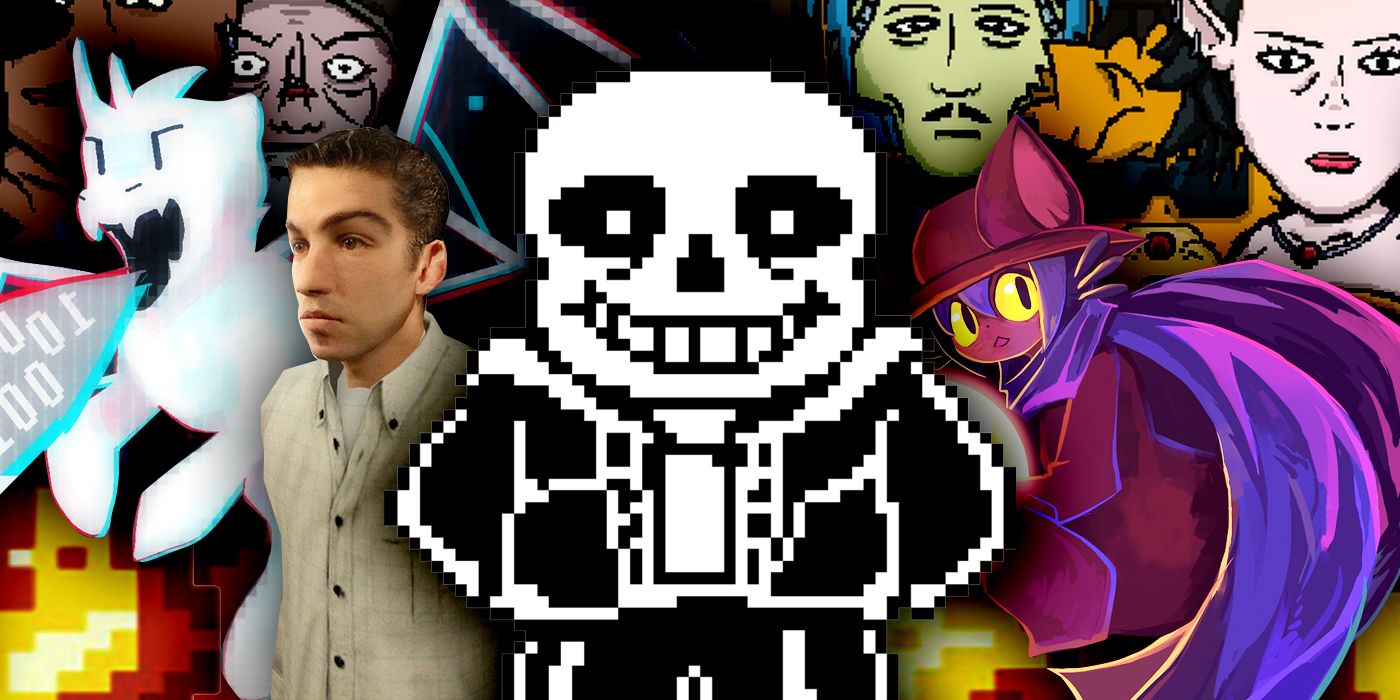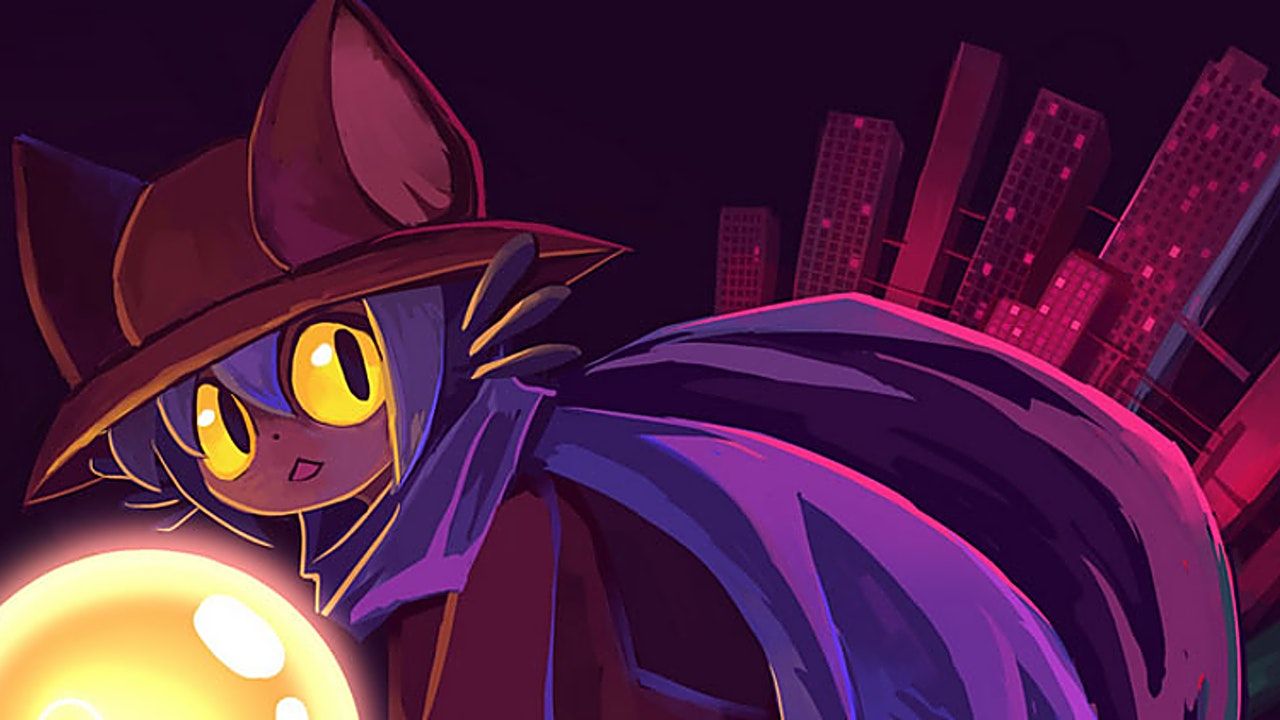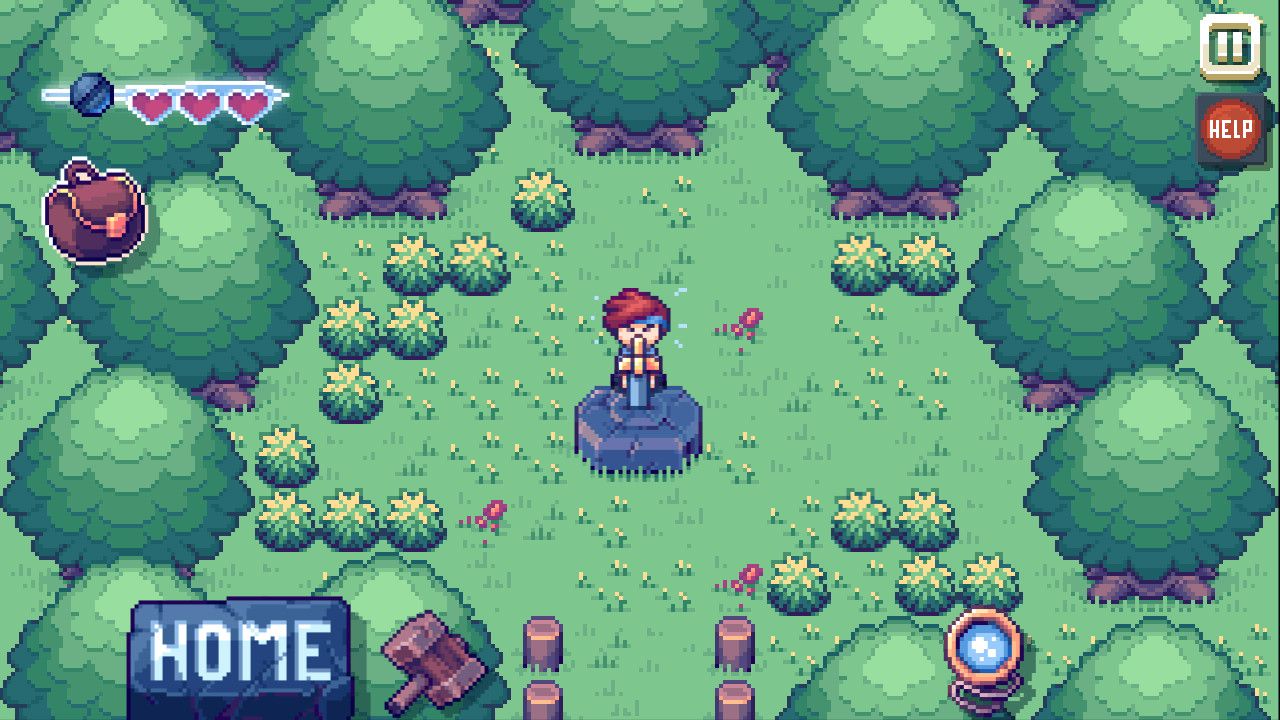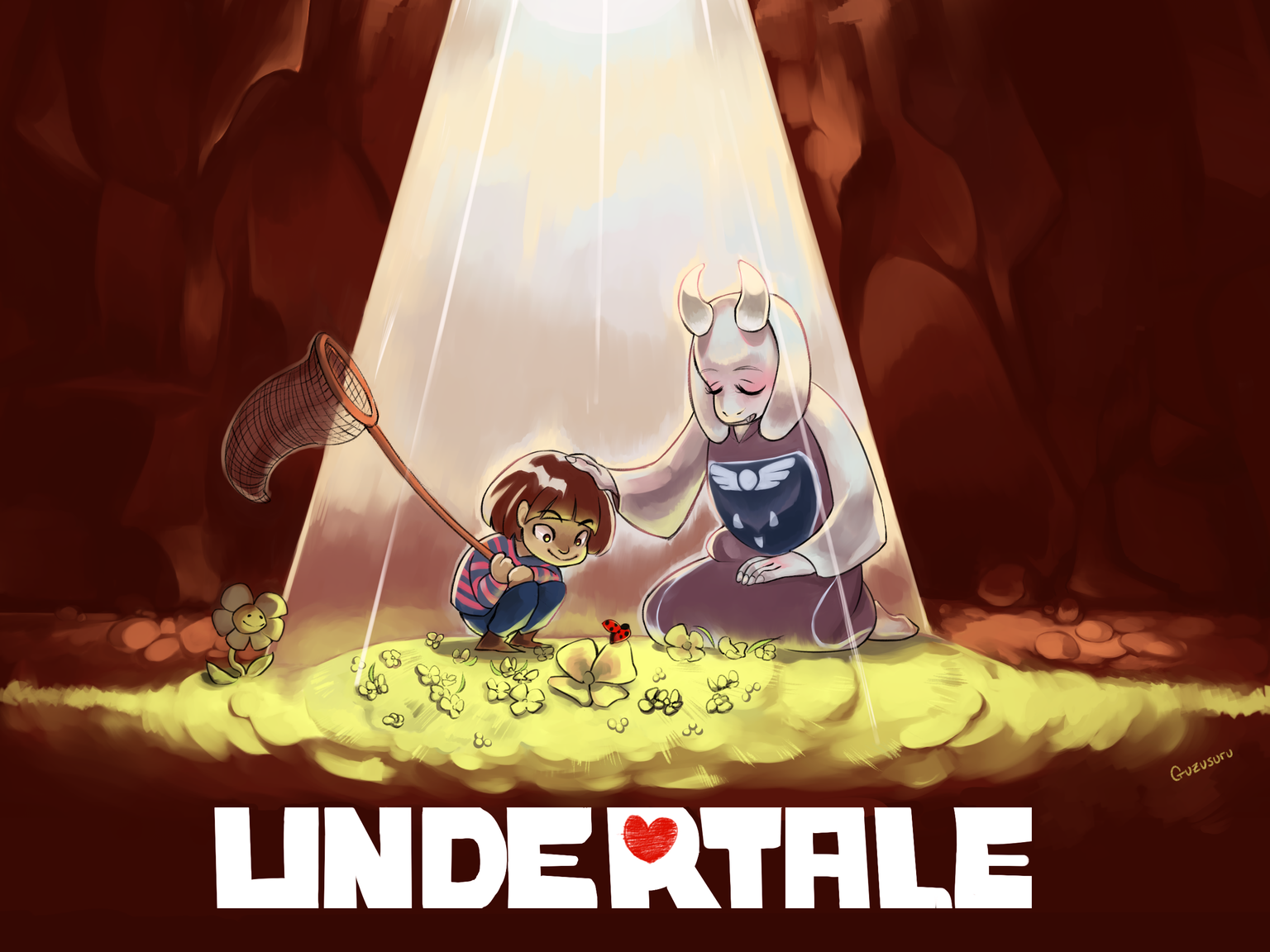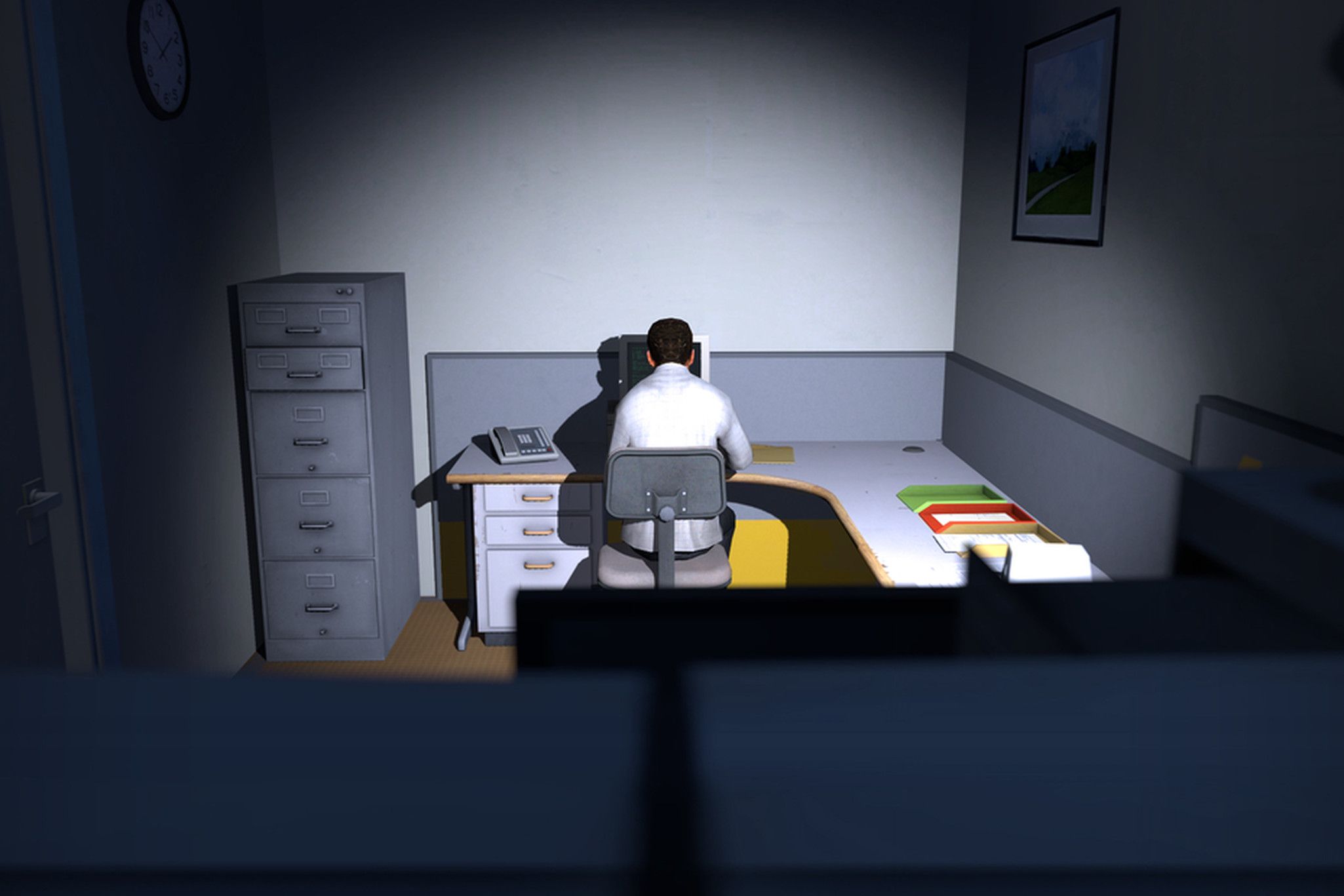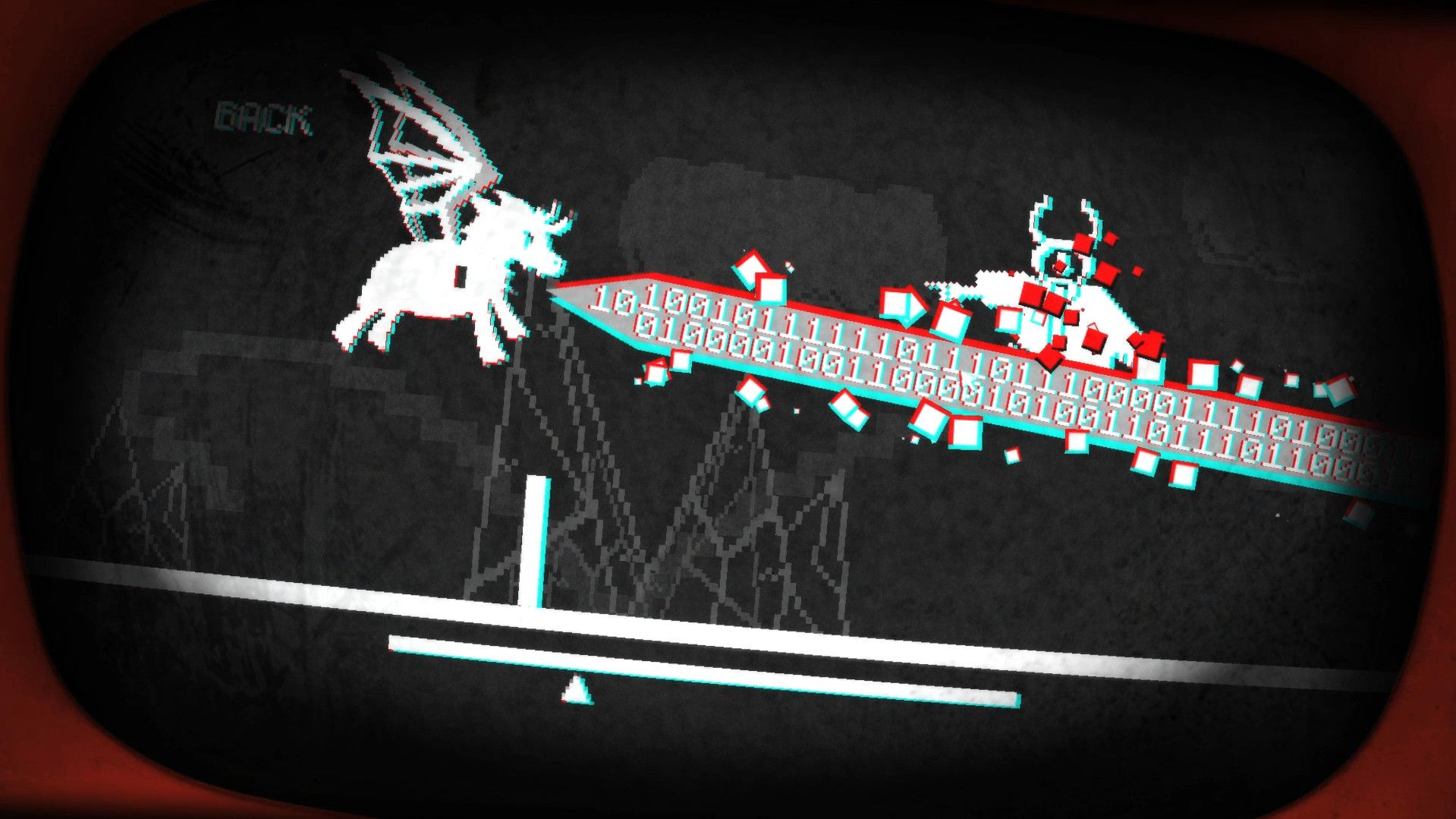Doki Doki Literature Club Plus! just got out, bringing the fourth-wall-breaking game to consoles for the first time. It’s an expanded experience that breaks the fourth wall to discuss the complex relationship between the player and the characters inside a game, with many horrors involved to make you afraid of the virtual world. However, even with all the extra content, Doki Doki Literature Club Plus! still carries one big issue of 2017’s original release: it ends too fast and leaves us wanting more. Lucky for us, there’s no lack of great games that break the fourth wall available right now.
To quench your thirst for great games that break the fourth wall, we’ve put together a list of five unique titles that use meta-awareness as a design tool. These are not games that eventually break the fourth wall, but games built around the idea of a program that’s really aware of its user. Sometimes betting on comedy, other in horror, these five games break the fourth wall in their particular way, and they are all well-deserving your attention. We’ll have to spoil some things to explain why these games deserve your attention, but spoilers will be kept at a minimum to let you enjoy each experience by yourself.
5. OneShot
The first title on our list is also the most known. Future Cat’s OneShot didn’t make a splash in the media, nor did it attract a cult of fans. The indie title was built by a small team with whatever resources they could gather, which could explain how it stays under the radar of many players. The problems of OneShot are apparent: it’s not particularly pretty, its maps reuse the same assets dozens of times, every part of the map is shaped as simple rectangles. As a result, there’s not much to catch your attention at first look. Why start this list with such a game, then? Well, it turns out that OneShot has a concept so brilliant that it makes us wonder why didn’t more games tried to do something similar.
In OneShot, you play as Niko, a lost child trapped inside a rotten world, slowly decaying ever since it lost its sun. As the chosen one, Niko is the only one who can restore the world to its former glory by placing a new sun on top of a mystical tower. I’ve said you play as Niko, but it would be more accurate to say you play with Niko. You see, Niko is the Messiah, a blessed character capable of talking with God. And who God might be? Well, you, the player. You decide Niko’s actions, you have the means to look for clues outside the game, and it’s you who determines the future of the world. Isn’t that true for pretty much any game?
OneShot exposes the divinity of the player by making it a central part of its narrative. But that’s not the only way OneShot breaks the fourth wall. There’s another Entity present in the game, the code behind the faded world, capable of communicating directly with you. The entity will use error notifications, change your computer’s background image, and even create new files with secret passwords you need to find in-game. Sometimes the entity helps you; sometimes, it needs to be outsmarted. In any case, you need to use all your computer to beat the game, and not only what’s inside the game window. It’s a creative experience like no other, and it should definitely get more attention.
OneShot is available on macOS, Linux, Classic Mac OS, Macintosh operating systems, and Microsoft Windows.
4. There Is No Game: Wrong Dimension
I wish I could tell what this next entry of the list is about, but, unfortunately, There Is No Game. Created by Pascal Cammisotto as part of a game jam, There Is No Game gathered enough attention to be expanded and re-released as a commercial title. Draw Me A Pixel’s There Is No Game: Wrong Dimension is a point-and-click adventure in which you try to play a game while the game’s code itself tries to stop you.
As soon as you turn on There Is No Game: Wrong Dimension, the game’s voice greets you, the player, apologizing for the fact there is actually no game to play. You can quit whenever you’d like. Or, instead, you could try to bug (!) the game’s code as much as you can until you are indeed playing a game. More than a gimmick, the self-conscious code is a character with dreams, hopes, and regrets. That means that while you fight Mr. Game to play it, you unveil its sad past. There’s also another presence on the player’s way, Mr. Glitch, a villain that must be stopped at all costs before it destroys the virtual world.
As a point-and-click game, There Is No Game: Wrong Dimension is accessible for people of all ages. Even if some knowledge of video games can help you solve puzzles faster and appreciate the nuances of its story, There Is No Game: Wrong Dimension also has a help system that guides players who get stuck in a challenge. As a result, There Is No Game: Wrong Dimension is the perfect entry point for anyone trying to get into games that break the fourth wall. What’s even better, There Is No Game: Wrong Dimension has one of the best original songs written for a videogame, composed by Xiaotian Shi, written by Cammisotto, and performed by Julia Shields.
There Is No Game: Wrong Dimension is available on Nintendo Switch, Android, iOS, Microsoft Windows, and macOS.
3. Undertale
Toby Fox’s Undertale is already a cult classic, and a lot was already said about the game. Nevertheless, its morality system is so unique that it deserves all the praise it can get. This morality system is particularly relevant for this list because it doesn’t measure a character’s actions but the player’s choices. That means that the game is aware of every decision the player makes, and it is always ready to tell them that all their actions have consequences.
At first glance, Undertale seems to be a JRPG like any other. You talk to characters, get into fights, and, should you kill your enemies, you gain experience points that allow you to level up and become stronger. However, each combat in Undertale gives you different actions you could potentially use to win a fight without actually killing your adversary. You could feed your enemy, compliment them, offer to go on a date… Undertale is a JRPG where no character needs to die. You can, as a player, find solutions to every conflict. The game gives you all the tools you need to be a pacifist, and the game’s better end can only be seen should you follow this path. What if you do the opposite and try to kill everyone you meet? Undertale is all about player’s choice, and you can choose to be a genocide.
If the player kills every enemy on their path, the characters of Undertale start to have different dialogue options that question the player’s choices. Why do players decide to kill so many enemies? Does it give them some sort of sadistic satisfaction? Is becoming more powerful worth the suffering of other beings, even if they are made of bits? Undertale’s morality system breaks the fourth wall by making the player question their own choices while playing games. While video games, in general, incentivize the player’s destructive actions, Undertale found the best way to discuss violence in-game by letting you destroy every life you want to. And then, by telling you directly what kind of monster you are.
Undertale is available on Microsoft Windows, OS X, Linux, PlayStation 4, PlayStation Vita, Nintendo Switch, and Xbox One.
2. The Stanley Parable / The Beginner’s Guide
Davey Wreden and William Pugh developed the perfect metaphor for playing games with The Stanley Parable, a story about a man that sits in front of a computer and presses the buttons he’s told to push. Even if games try to pretend the player is free to make their own choices, every outcome is limited by designers and developers even before a game is released. We all, as players, are pushing buttons according to instructions we see on a screen. So, what’s the difference between playing and working once we reduce both activities to their basics?
There are multiple possible endings to The Stanley Parable, and they all involve you, the player, trying to break the game’s rules. However, by breaking the rules, you already follow a path laid by the game’s foundations. Is there a way to be free while playing games then? How about life, are we free to create our own path, or it’s all predetermined? The Stanley Parable breaks the fourth wall to explore the tension between player and game while also exploring themes such as free will and destiny. It’s clever, it’s funny, and should be in everyone’s buy pile.
Wreden released another fourth-wall-breaking game in 2015, called The Beginner’s Guide, this time to discuss the complicated relationship between player and creator. Players try to understand games, and their interpretation might not be faithful to the developer’s intentions. But where lies the true sense of a game? The Beginner’s Guide is a linear experience, a lot shorter than The Stanley Parable. It’s also not a funny experience, with a heavy dramatic tone. However, if The Stanley Parable pleases you and games that break the fourth wall grab your attention, The Beginner’s Guide could be a curious experience.
Both The Stanley Parable and The Beginner’s Guide are available on Microsoft Windows, macOS, Linux. An expanded version of the first game called The Stanley Parable: Ultra Deluxe is expected to arrive on consoles this year, 2021.
1. Pony Island / The Hex
Daniel Mullins has a talent for making games that break the fourth wall in unexpected ways. His two last titles, Pony Island and The Hex, have different narratives, mechanics, and goals. Both titles, however, force the player to explore the limits of a computer program and their own lives. Besides that, they are both entertaining to play, even if sometimes they can be scary.
Pony Island invites the player to interact with an arcade machine featuring a funny game about, you guessed it, ponies. It doesn’t take long for the player to realize there’s something with the arcade machine. It’s just like the game is trying to torture yourself somehow. Well, that’s precisely the case, as you are trapped in hell, Lucifer himself built the arcade machine, and now your soul is at stake. That is unless you can defeat the Prince of Darkness by manipulating the arcade’s code and changing the game’s rules. Just like The Stanley Parable, Pony Island discusses the limits of freedom when playing a game. Nevertheless, in its unique way, Pony Island adds a good dose of horror to the mix.
The Hex follows the same steps of Pony Island in a bigger and more ambitious way. The story happens inside a bar where video game characters come to drink and wash away their worries. However, a murder occurs in the bar, and everyone is a suspect. It is up to the player to find out who’s the killer while navigating through different game genres and manipulating the rules of every game. Both Pony Island and The Hex are among the best examples of games that break the fourth wall, and both have many surprises in store should you decide to play them.
Both Pony Island and The Hex are available on Microsoft Windows and macOS. Pony Island is also available on Linux.

